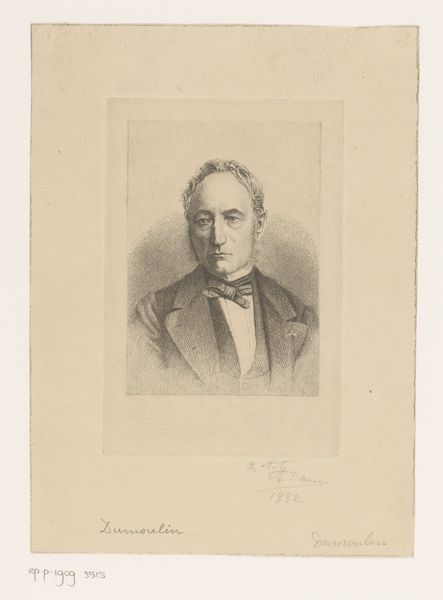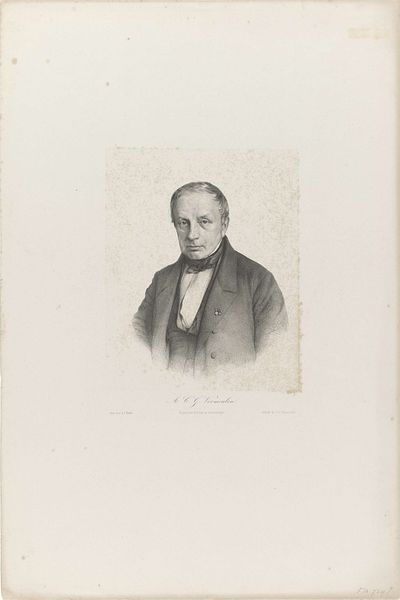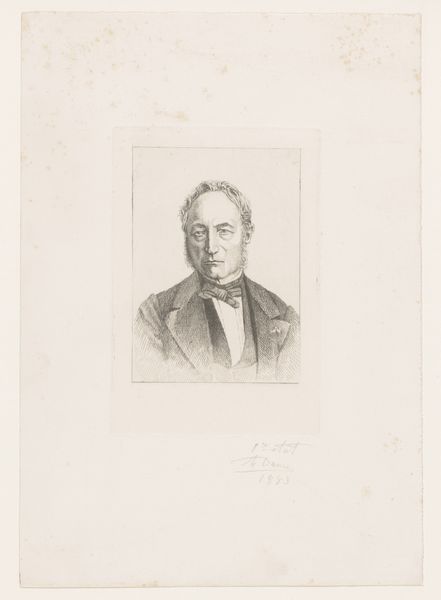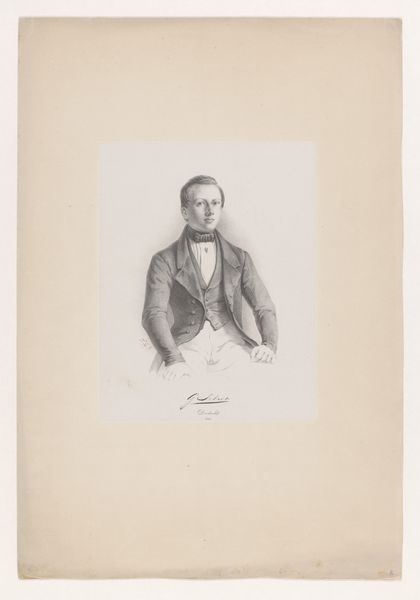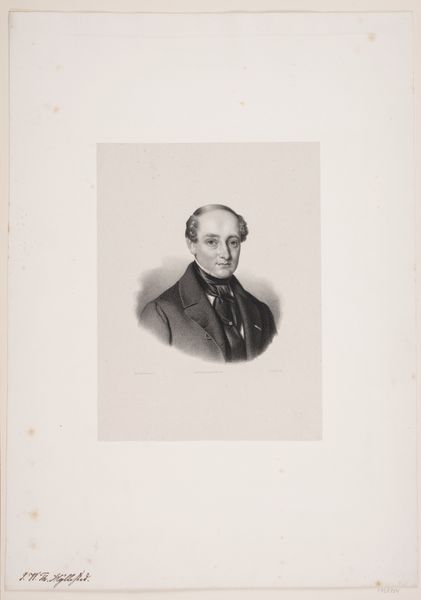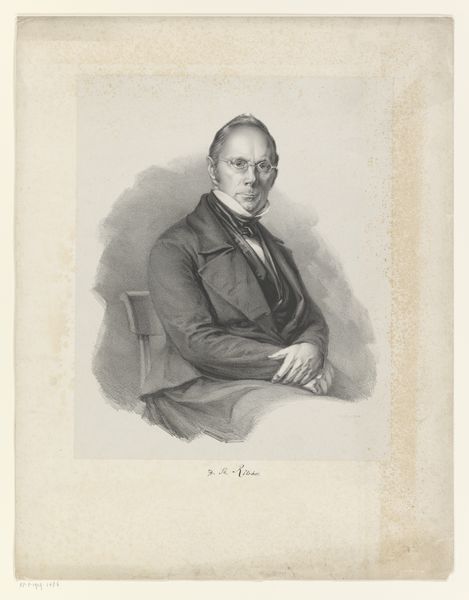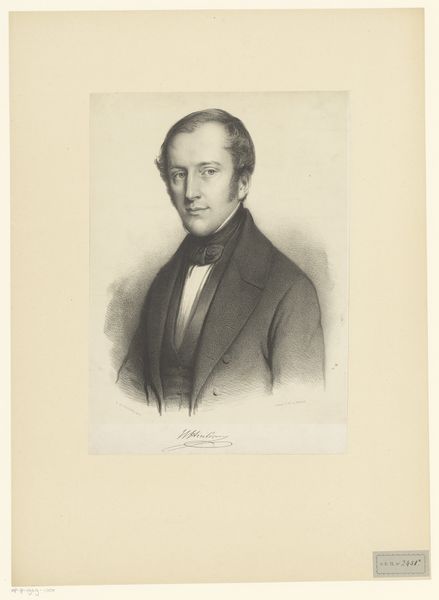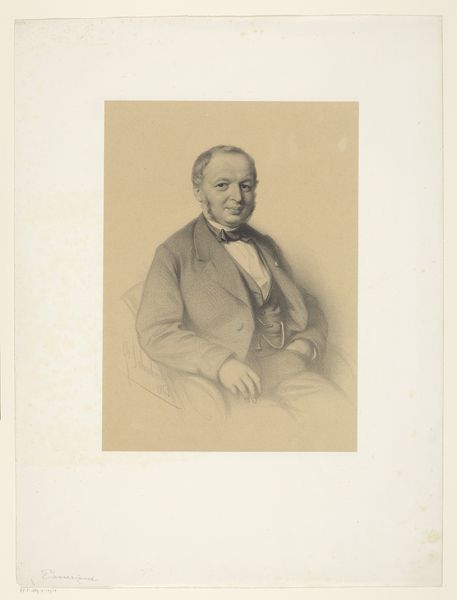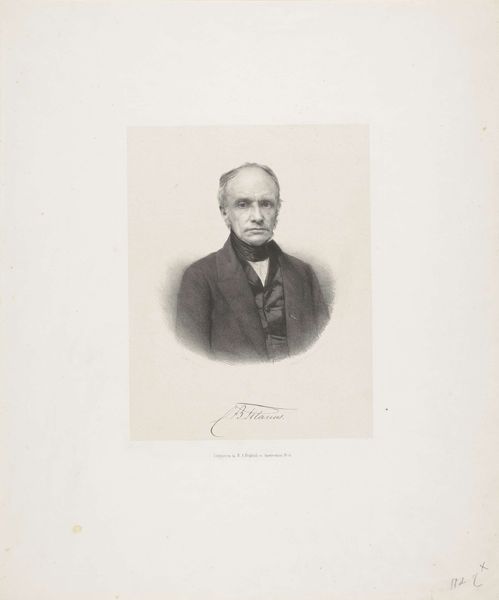
print, engraving
#
portrait
# print
#
engraving
#
realism
Dimensions: height 197 mm, width 142 mm
Copyright: Rijks Museum: Open Domain
Editor: Here we have Auguste Danse's "Portret van Alphonse Nothomb," an engraving from 1882 housed at the Rijksmuseum. I’m immediately struck by the seriousness of the subject; the crisp lines of the engraving give the portrait a real sense of formality. What can you tell me about the symbolism at play here? Curator: Indeed. Notice how the meticulously rendered details – the gentleman’s coat, the way he carries himself, his gaze -- all contribute to a visual language of authority and status. Engravings, especially portraits like this, were often commissioned to immortalize individuals of importance, serving as visual records of their legacy. Think of them as symbols of their era, encapsulating its values and aspirations. What message do you think Nothomb, or perhaps Danse, wished to convey through this image? Editor: Well, the gaze definitely says a lot, and so does the very deliberate detail of the engraving, especially knowing it’s meant to last. Was the medium important to the overall goal of portraying status? Curator: Absolutely! Engraving, unlike fleeting sketches, implies permanence. Its precision mirrors the sitter's desired image of control and accomplishment, transforming an individual into an enduring cultural figure. Furthermore, portraiture serves as a form of social currency. What lasting qualities do you feel it immortalizes in our memory? Editor: I think what it suggests most to me is someone seeking legacy, trying to be memorialized as important and steadfast. What have you taken away from our conversation? Curator: I appreciate how closely the visual encoding mirrors the intentions and meanings that the portrayed wish to project over time.
Comments
No comments
Be the first to comment and join the conversation on the ultimate creative platform.


